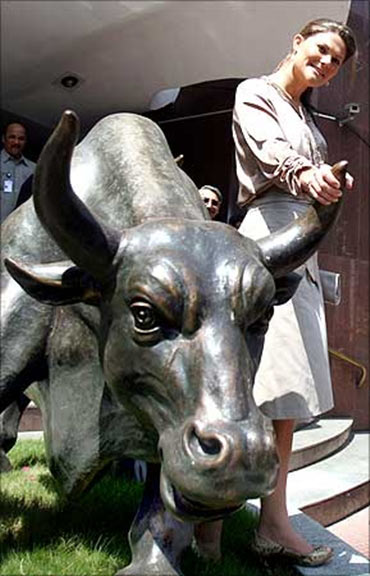
An increasing proportion of the volumes driving the Sensex rise has come from algorithmic trading.
Automated trading strategies have risen to nearly a fifth of the overall market turnover, according to exchange data. Volumes from the segment crossed Rs 32,000 crore (Rs 320 billion) in April this year, according to an analysis by Business Standard.
Sector officials say the increasing investor preference for algorithmic or algo trades has been brought about by the high levels of optimism in the market.
...
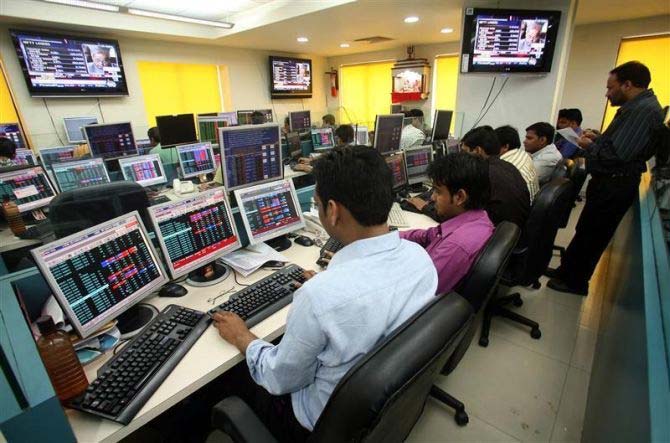
Vinay Menon, managing director – equity capital and derivatives markets, JPMorgan said, “The overall sentiment has improved and volumes have gone up. With that, the level of interest among quant traders has also moved up, which has resulted in increasing algo-trading activity.”
...
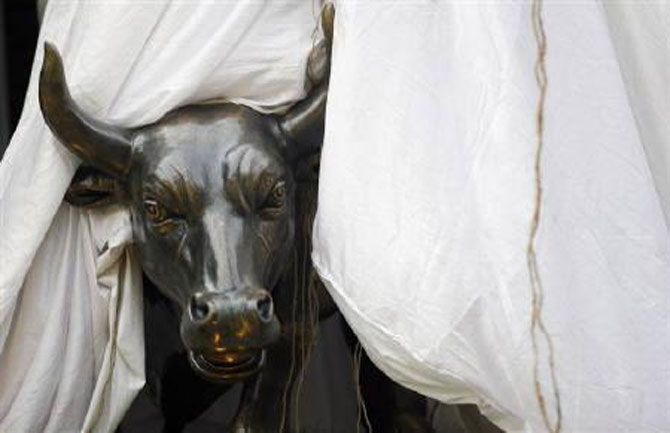
Yagnesh Parikh, chief technology officer, ICICI Securities said, “The demand from institutions and FIIs for routing trades through the direct-market-access route and algo logic has been on the rise."
He further said, considering the current market performance and the improvement in the market sentiment, the number of clients opting for algo trading is expected to go up further.
Algorithm-based trading refers to the practice of computer-generated orders using mathematical models for taking transaction decisions in the securities market.
...
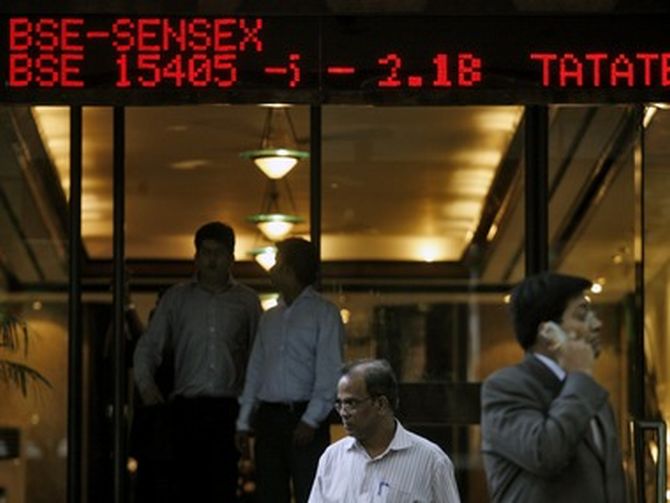
According to BSE data, the volumes generated by algo trading contribute to nearly 25.2 per cent of the total volumes in the industry as of April, the latest available data.
This would translate into total volumes of around Rs 7,408 crore (Rs 74.08 billion) for the month.
Algo volumes on the NSE were 16 per cent for May. While historical data are unavailable, if one assumes the trend was stagnant through April, that translates into additional volumes of Rs 25,242 crore (Rs 252.42 billion) on the NSE through algo trading, which means overall algo trading volumes of Rs 32,651 crore (Rs 32.651 billion).
...
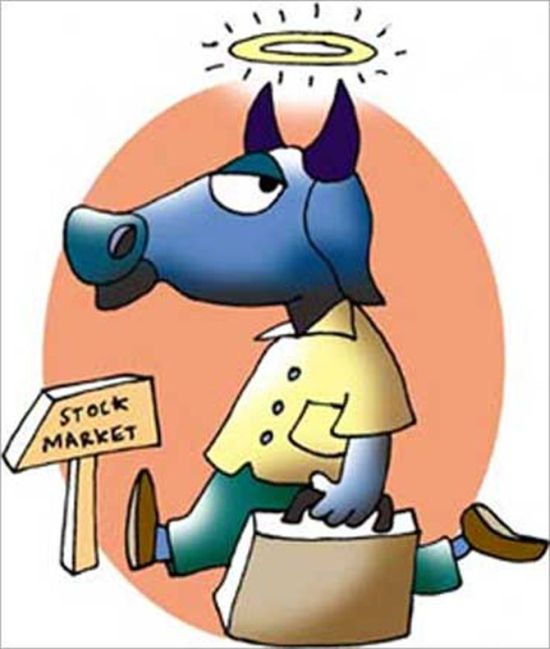
According to data from the exchanges, the average daily volumes in the industry for both exchanges as of April 2014 stood at Rs 1.87 lakh crore (Rs 1.87 trillion).
Algo trading thus accounts for over 17 per cent of the overall volumes. The increased trading has been driven by a change in investor sentiment on hopes of economic revival by the new government, experts say.
Interestingly, this year has seen the entry of some non-traditional players in the algo-trade market.
...
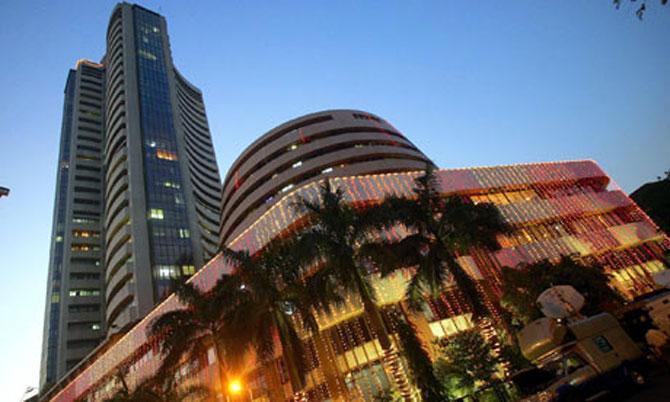
The traditional players in algo trading have always been hedge funds and other large institutions.
The system has generally been avoided by individuals, except those with proprietary desks.
According to experts, educated individuals from a ‘scientific background’ are also among the big players in algo trading.
“This year, we are seeing more and more participation from educated individuals such as IITians and similar graduates from places like the US and Europe.
These people bring with them the expertise of developed markets and are applying that to the Indian markets,” said Naveen Kumar, founder and managing director, Quant Express Technology.
...
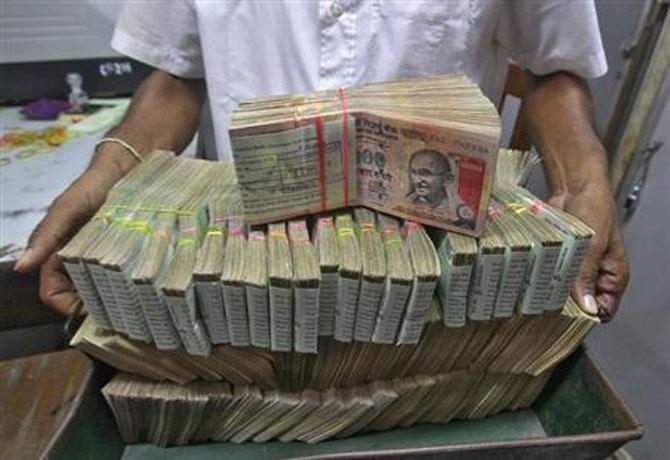
Exchanges, on their part, have been investing heavily in technology in the last two years leading to doubling of the speed at which orders are carried out.
Even as trades through the algo route are on the rise, technical challenges remain, analysts say.
One of the biggest challenges is the aspect of risk management.
Capital markets regulator, Sebi, in the past two years introduced various measures to protect individual interests like compulsory audits every six months and higher penalties for errant brokers.
...
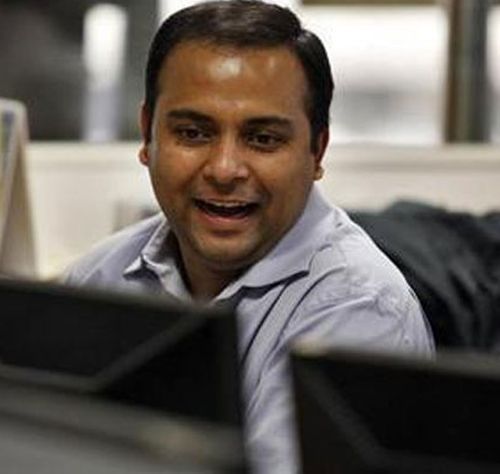
Further, arbitrage opportunities are dwindling in the face of the fact that technology has been steadily improving.
This leaves fewer players in the game than before.
“The technology now required to run algo trades has become so sophisticated that only a few houses are able to afford it, leaving out smaller players,” said Kumar.